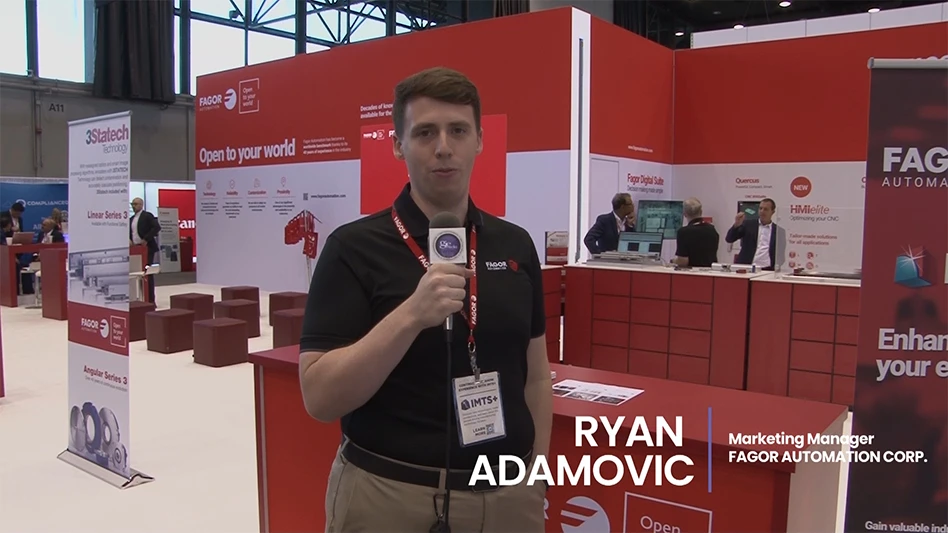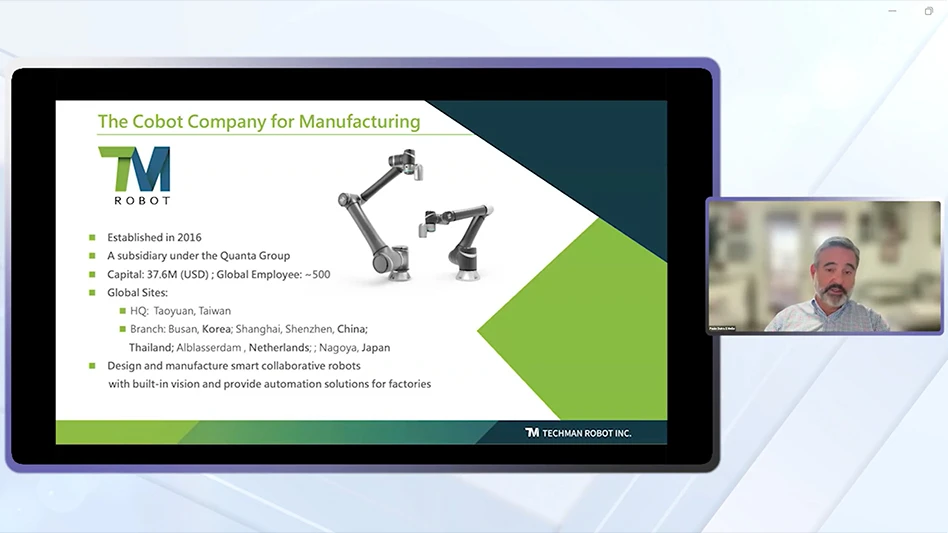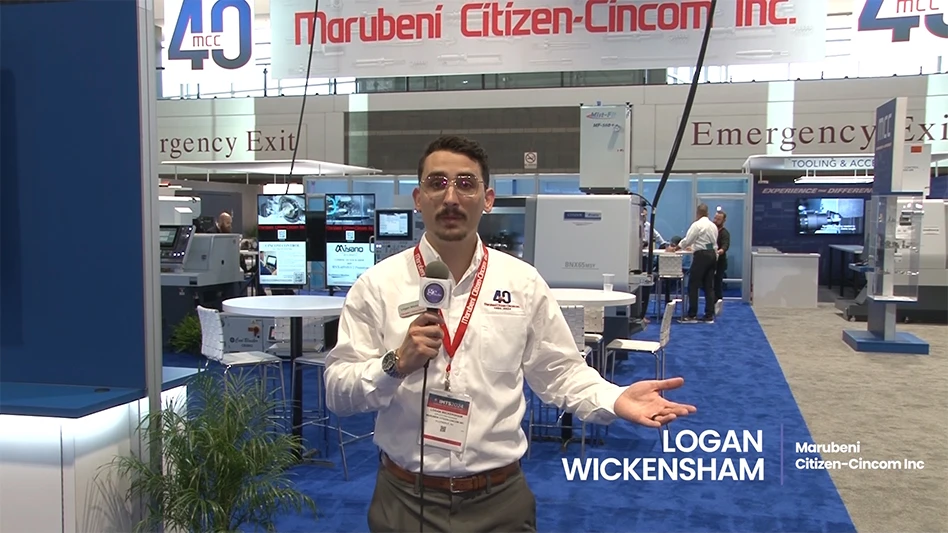
GE Additive and GE Aviation have announced that the Federal Aviation Administration (FAA) has given change-in-design approval to replace a conventionally manufactured power door opening system (PDOS) bracket, used on GE Aviation’s GEnx-2B commercial airline engines that power the Boeing 747-8, with an additively manufactured bracket.
The PDOS is used on the ground to open and close the fan cowl doors to enable access to the fan compartment for maintenance reasons.
The additively manufactured brackets will enter mass production at GE Aviation’s facility in Auburn, Alabama, using GE Additive Concept Laser M2 cusing Multilaser machines. GE Aviation anticipates the first GEnx engines installed with the new brackets will be shipped in January 2019.
The original PDOS brackets on the GEnx-2B engines were produced from a solid block of metal, using conventional methods such as milling. This technique resulted in around 50% of the material being wasted. Now, using direct metal laser melting (DMLM) additive technology to manufacture the new brackets, waste has been reduced by as much as 90%.
GE Aviation has also improved the design to reduce the bracket’s weight by 10%.
The decision to mass produce using a cobalt-chrome alloy over a traditional nickel-based superalloy has enabled a faster build. To make this approach as efficient as possible, four brackets will be printed at the same time.
Using a custom-made, interlocking design to house all four brackets on a single build plate, the Concept Laser M2 cusing machine’s pair of lasers can print all of an aircraft’s brackets in one build, before post-processing and inspection.
By taking production of the brackets entirely in-house, GE Aviation will also reduce its production costs.
“We chose this project because it represented several firsts for us. It’s the first program we certified on a Concept Laser machine. It’s also the first project we took from design to production in less than 10 months,” said Eric Gatlin, general manager, additive integrated product team, GE Aviation.
“To ensure the M2 cusing machines were certified to meet the strict requirements for the aerospace industry, collaboration on this program has been closer than usual with our colleagues at GE Additive. As we continue thinking about the many parts we can design, redesign, and manufacture on GE Additive machines, I’m looking forward to putting both our teams and the technology through their paces,” Gatlin added.
“It’s been outstanding to watch teams from GE Aviation, GE Additive across the US, Mexico, and Germany collaborate. In such a short space of time, they have really excelled with the PDOS bracket and achieved a truly groundbreaking success. Seeing the M2 machines produce flight-quality hardware, and demonstrating what it is truly capable of, is another great milestone in our own additive journey,” said Jason Oliver, President & CEO, GE Additive.
Latest from Aerospace Manufacturing and Design
- Tungaloy’s TungBoreMini drilling and turning tool
- 3 Questions with an Expert: Mitutoyo
- Optimize your manufacturing applications with the right metrology tools
- Navigating today’s supply chain
- Piper Aircraft Inc. achieves AS9100 Certification
- Kyocera SGS' KGZ precision cut-off solutions
- Bridging the Skills Gap: A Solution for Today’s Labor Shortage
- Molex to acquire AirBorn





